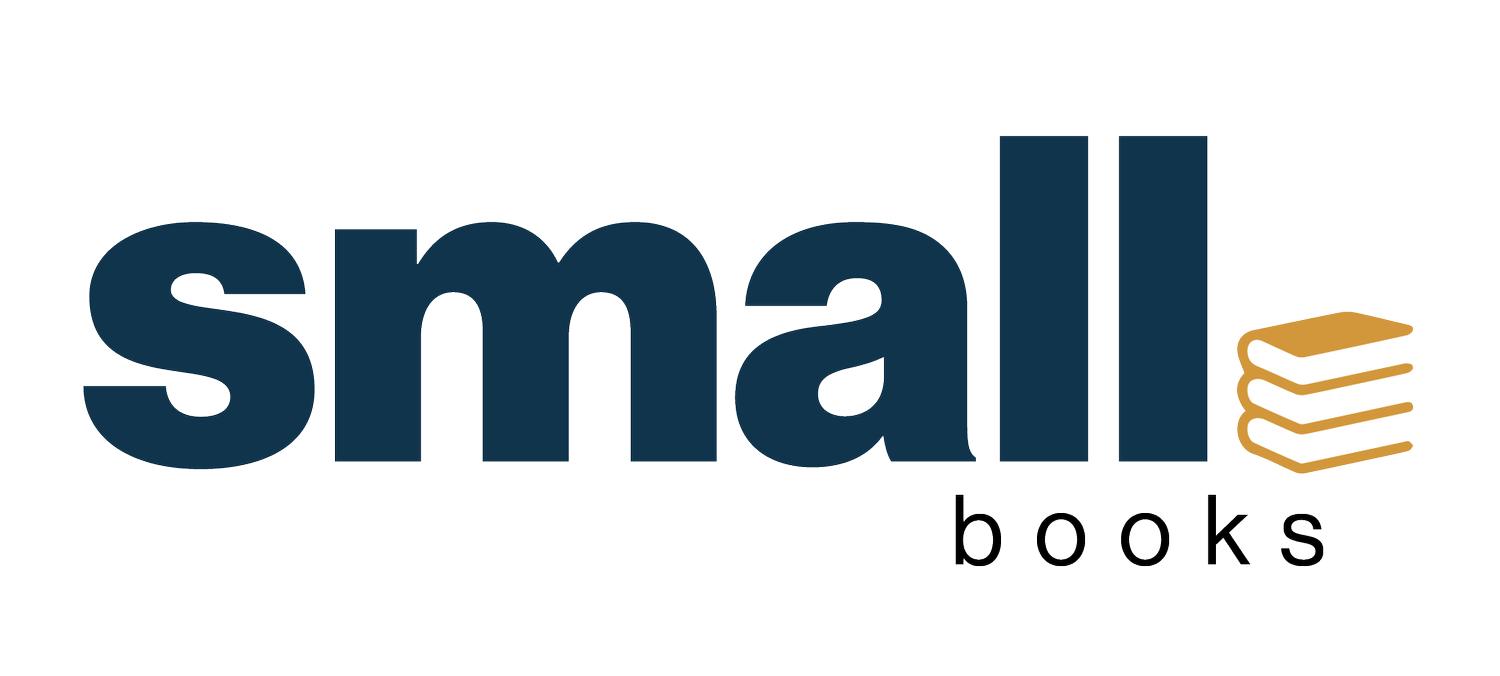15 Things Your Small Business Should Automate
Let’s get right to it: automation can make running your business a whole lot simpler—and the less admin and data entry you do, the more time you can spend making money. That’s what small business automation is all about.
So, here are 18 areas of your small business that you can start automating today.
Invoicing and collections
Tracking and reporting the time you spent working on a job can take as much time as doing the job itself. With Quickbooks, you can create automatic recurring invoices for retainer clients. They get sent automatically on scheduled dates. If you accept credit cards, clients can pay automatically and invoices are marked as paid.
Quickbooks also has an automatic reminder feature that helps you to guard against late payments. It sends clients gentle reminders about their outstanding balance at the intervals you specify.
Bookkeeping
If you’re still doing your own bookkeeping—burning the midnight oil in a staring contest with QuickBooks—it’s time to take a look at yours truly.
At Small-Books, we do your bookkeeping for you. At the end of every month, we’ll send you an expense report that shows exactly where your money is going, and an end-of-year tax package for your accountant, or file for you with our premium plan!
Travel plans
Going out of town for business? TripIt can take a lot of the work out of the planning process. The service scans your inbox for reservations with airlines, hotels, rental cars, and events. TripIt then builds an automatic itinerary which you can reference from anywhere. You can also share your travel plans, or invite someone to collaborate on planning with you.
Recruiting
When you need to hire, where should you post the job? Everywhere, ideally. ZipRecruiter automatically submits your job post to over 50 different job sites, and allows you to manage applications all in one place.
Employee training
Getting a new employee up to speed can be one of the more stressful tasks when running a business. Trainual is a simple tool for documenting your company’s processes in an online training manual. Next time you hire someone, invite them to Trainual, track their progress, test their knowledge, and get back to business.
Employee records
Once you start to grow your team, your employee records will add up way faster than you think. By law, things like personal information, emergency contacts, salaries, start dates, PTO records, and employee tax documents all need to be securely stored and easily accessible for a number of years. Filing cabinets are not your friend here.
We recommend using an HR platform like Collage to bring all of your employee records into one digital system. Collage gives each of your employees a personal profile where you can store their records and invite them to keep their personal information up-to-date.
Email sorting
If you’re still manually deleting or archiving every coupon, newsletter or junk email that finds its way into your inbox, you’re wasting a lot of time. Sanebox collects all of this non-urgent mail and sends you digests on a daily or weekly basis. Your inbox stays clean, and you review the junk once—not dozens of times per day.
Design
People judge your business by how it looks. Now more than ever.
If you don’t have a trusted freelancer or agency on retainer, check out Design Pickle. The service allows you to submit unlimited design requests for a flat monthly fee. Adios clip-art.
Social media marketing
Letting your audience know you exist is great. Checking Twitter and Facebook all day is an addiction. If you don’t feel like being chained to social media all day, try using Buffer or Hootsuite to schedule your posts. Both tools let you build a queue of information you’d like to share, and schedule the posts for the optimal time. That way, you can put all of your energy into interaction.
Blogging
If you use Wordpress to blog about your business, check out CoSchedule. It lets you plan, write, post, and automate your future posting schedule from a central dashboard. You can also provide your team members access to view, edit, and update your publishing schedule. Perfect for keeping your blog running while you’re poolside, or just focused on other parts of your business.
Email marketing
Connecting with your customers via email has come a long way from the days of BCC. If you want to send a regular newsletter to your audience MailChimp helps you manage your list of contacts and build an email that looks great. It’s hard to beat in terms of features: abandoned shopping cart recovery, order notifications, follow-up emails, and access to notifications.
However, if you’re not ready to take on the ape, there are other, cheaper options available:
Drip is one of the most beginner-friendly email marketing setups out there, but still boasts automation tools, smart audience segmentation, and other handy features.
GetResponse is a popular tool, with a lower price point than many competitors. It features a drag-and-drop interface for building marketing campaigns.
ConvertKit offers a powerful suite of features specifically built for creators—designers, authors, and others who sell digital content.
Email reminders
If you’re bad at email, especially at following up with emails that never got a response, consider switching to Gmail. Gmail has a feature that automatically returns unanswered emails to the top of your inbox so you can follow up. No need to install any fancy plug-ins or anything. Gmail will automatically remind you, and will even remind you to respond to emails you haven’t addressed yet.
Customer support
You can’t communicate every little detail about your business in your FAQ. That’s where an automated chatbot comes in handy. Popping up on the main page of your website, it encourages visitors to reach out to you immediately, rather than sending an email. That means you can start chatting with them right away, cultivating them as a new lead, without cluttering your inbox.
Tawk is a robust, free option. Quick and easy to set up, it lets you monitor site visitors in real time, and set “shortcut” responses to common questions. And if you don’t have the time or patience to man your chat dashboard 24/7, Tawk will help you hire live chat agents for $1 an hour.
Customer relations management (CRM)
When it comes to CRM—overseeing a customer’s journey from first contact, to sale, to repeat business—Salesforce is the industry standard. But due to its price, many small businesses hesitate to invest in Salesforce, and end up using more time-consuming tools, such as spreadsheets, to track their relationships with customers.
Enter Zoho. It offers most of the same functionality as Salesforce at a fraction of the cost. It also includes marketing automation tools you won’t find in Salesforce’s sales CRM.
Shipping
Ecommerce
If you run an ecommerce business, streamlining the shipping process can save you time and money. Two tools will help: Stamps.com, and Shipstation.
Stamps.com lets you print off postage from the comfort of your home or office. It helps take the guesswork out of shipping prices, and can save you from long post office lines.
Shipstation is owned by Stamps.com, and fills out the rest of the shipping process. It plugs into most off-the-shelf ecommerce platforms, letting you track order fulfillment, print shipping labels/return labels/packing slips en masse, and set up customer shipping profiles so you can track customer preferences and streamline future orders.
Omnichannel retail
If you’re an omnichannel retailer, Veeqo can take of the inventory, ordering, packing, and shipping for you. They integrate with Shopify, BigCommerce, Amazon, FedEx, and most other relevant players for delivering your product.
Automating other digital tasks
If you’re a bit of a digital nerd and there’s something else you want to automate that isn’t listed here, fear not. IFTTT is a digital tool that allows you to connect seemingly unrelated apps to automate online business processes. And if you’ve really got some time on your hands, Zapier is another piece of automation software that will allow you to create multi-step automation (whereas IFTTT is simpler and focused on one-step automation processes, for example, “automatically record a note whenever I get a new Twitter reply”).
What's Small-Books?
We're an online bookkeeping service powered by real humans. Small-Books gives you a dedicated bookkeeper supported by a team of knowledgeable small business experts. We’re here to take the guesswork out of running your own business—for good. Your bookkeeping team imports bank statements, categorizes transactions, and prepares financial statements every month. Get started here!
This post is to be used for informational purposes only and does not constitute legal, business, or tax advice. Each person should consult his or her own attorney, business advisor, or tax advisor with respect to matters referenced in this post. Small-Books assumes no liability for actions taken in reliance upon the information contained herein.


